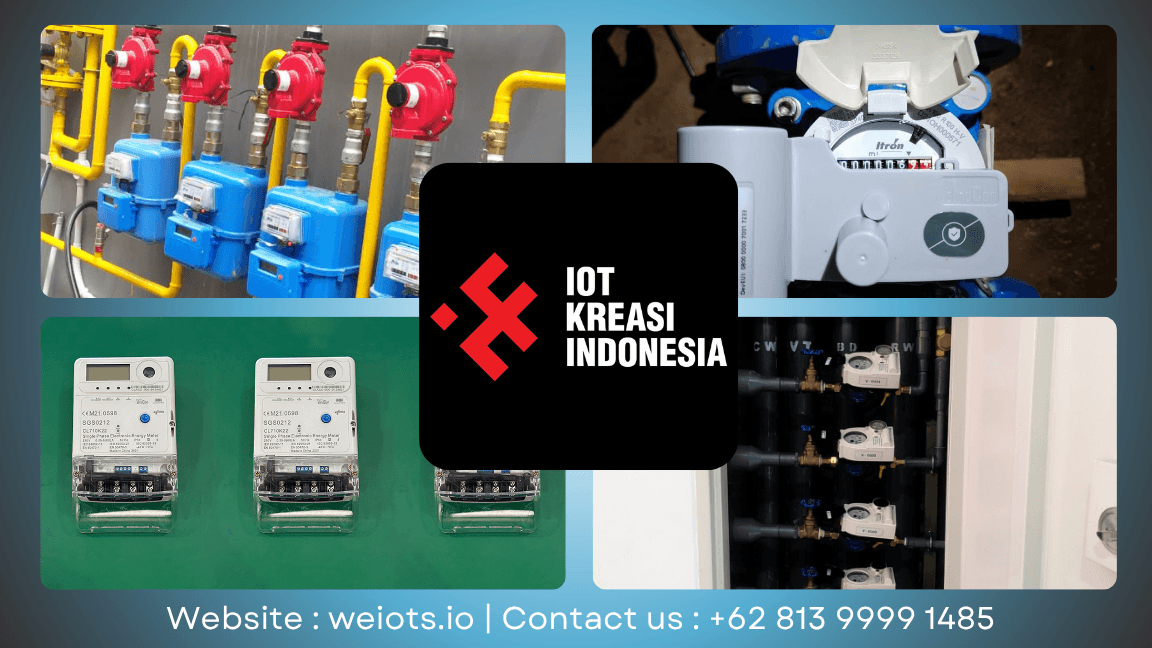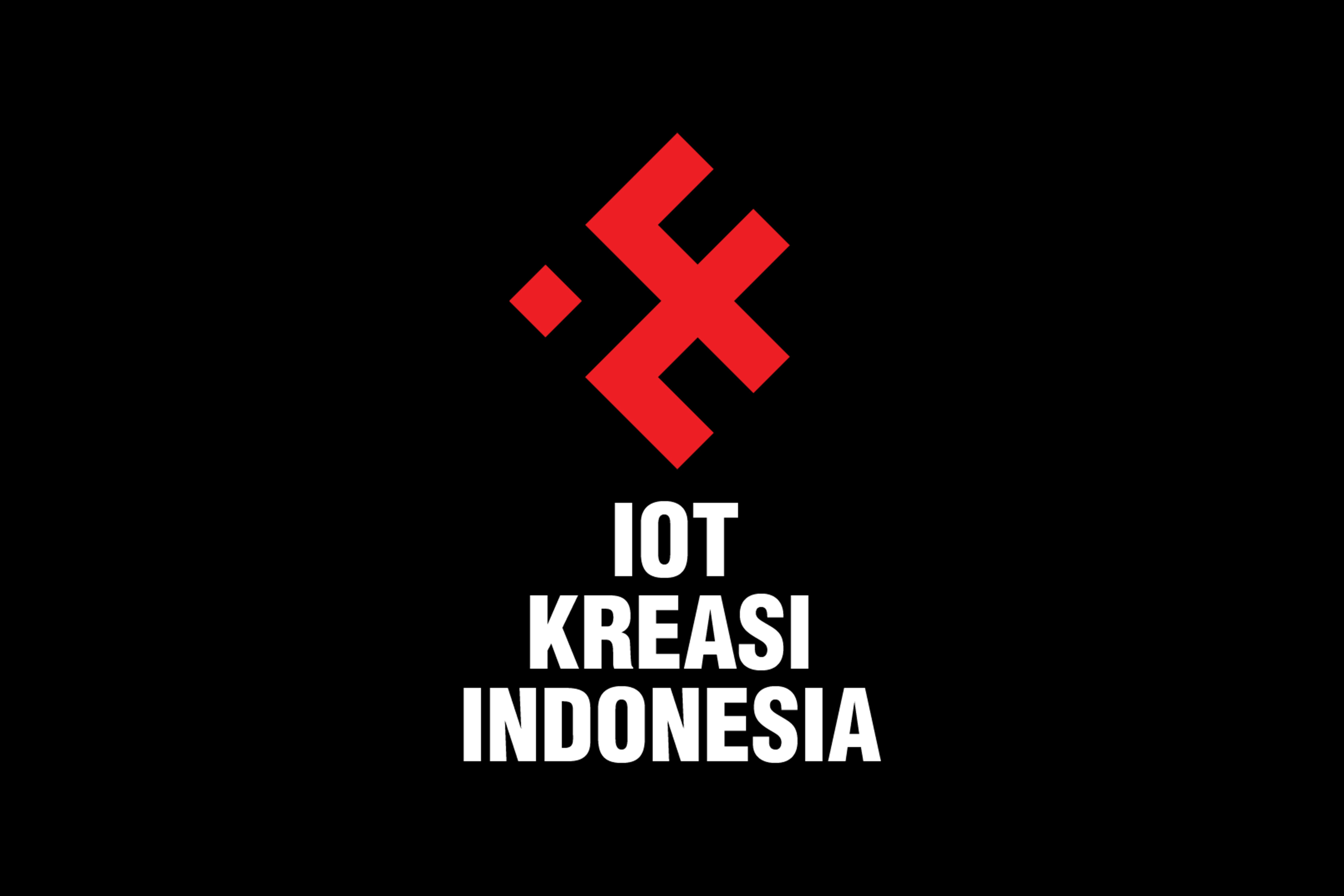

bryan
2025-07-09 10:41
2 min read
Why IoT-based Smart Meters are Superior to Conventional Meters
Technological developments encourage the ease of access and management in various utility services—especially water, gas and also electricity through the usage of IoT-based smart meters. Here are the fundamental differences between conventional and smart meters;
Data Collection Method
With conventional meters, usage data for utilities are read manually point by point by metering officers, which will be time consuming and inefficient for operational costs. With the help of IoT smart meters, usage data of every single smart meter are sent to a real-time dashboard through LoRaWAN network and runs autonomously at regular intervals without manual intervention.
Accuracy and Efficiency
Manual recording of usage data by metering officers are prone to recording errors and delays of maintenance schedule. In the other hand, IoT smart meters are error-free and accurate in recording data, with wide range of connection and very low bandwidth (less than 128 bytes) needed to send the data.
Response to Abnormalities
Conventional meters do not alert malfunctions or usage spikes when these problems occur. However, IoT smart meters will send early alerts through notifications when detecting abnormal usage patterns.
Maintenance Requirement
Aside from autonomous data report and alerts, the need for routine inspections that are required in monitoring conventional meters are significantly reduced with the implementation of smart meters.
Digital Integration Capabilities
Integration to other management systems such as digital dashboard and client applications can be done with ease by utilizing smart meters. Conventional meters do not integrate data to digital interfaces since its data records are done manually.
With ever-increasing operational costs, IoT-based smart meters do provide long-term advantages in efficiency and control of consumption. If there is any interest for more information regarding the need for these solutions, don’t hesitate to reach PT IoT Kreasi Indonesia.
OUR OFFICE
Rukan Crown, Blok A No.25 Jl. Green Lake City Boulevard No.10, RT.001/RW.010, Petir, Kec. Cipondoh, Kota Tangerang, Banten 15147 Indonesia
Want to learn more?
Contact Us